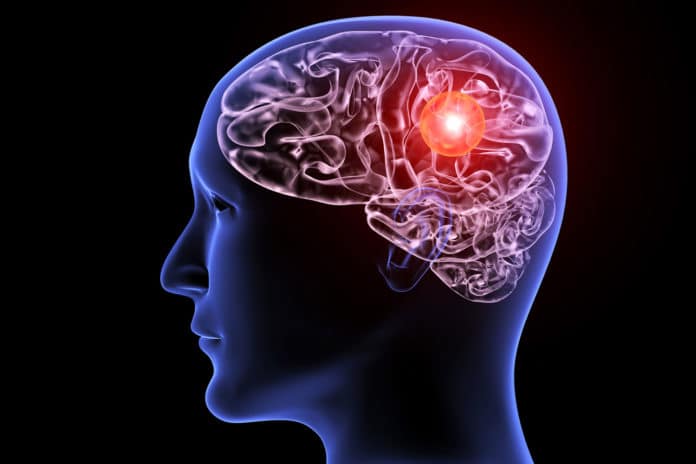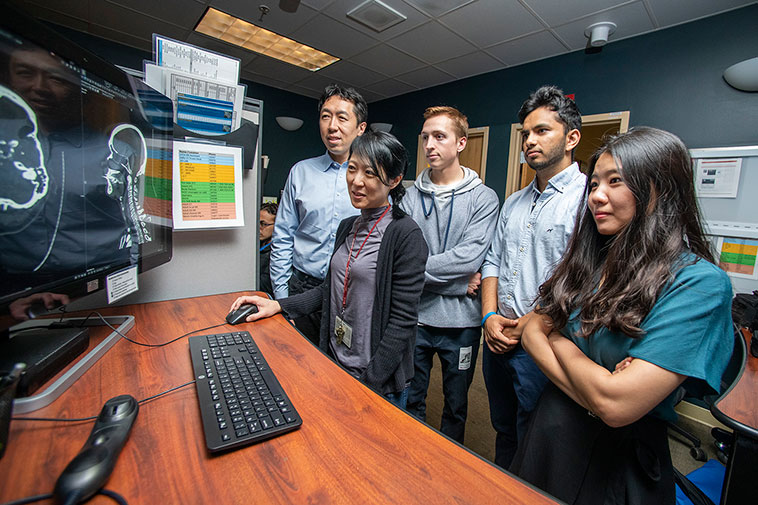A brain aneurysm is a bulge that forms in the blood vessel of your brain that could lead to severe health issues and possibly death. The diagnosis of these aneurysms is a critically important clinical task.
A team of researchers at Stanford University has developed an artificial intelligence (AI) tool that can help detect brain aneurysms. The tool highlights areas of a brain scan that are likely to contain an aneurysm.
“There’s been a lot of concern about how machine learning will work within the medical field,” said Allison Park, a Stanford graduate student in statistics and co-lead author of the paper. “This research is an example of how humans stay involved in the diagnostic process, aided by an artificial intelligence tool.”
It is built around a deep learning algorithm, HeadXNet, which helped clinicians correctly identify up to six more aneurysms in 100 scans and improve overall consensus.
While the success of HeadXNet in these experiments is promising, researchers’ expertise in machine learning, radiology, and neurosurgery advises that further investigation is needed to evaluate the generalizability of the AI tool before it can be released in real-time clinical deployment.
The research began when Kristen Yeom, MD, an associate professor of radiology at Stanford and a co-senior author of the study, brought the idea to the school’s AI for Healthcare Bootcamp run by Stanford’s Machine Learning Group.
“Search for an aneurysm is one of the most labor-intensive and critical tasks radiologists undertake,” said Yeom. “Given the inherent challenges of complex neurovascular anatomy and potentially fatal outcome of a missed aneurysm, it prompted me to apply advances in computer science and vision to neuroimaging.”
Yeom and her team outlined clinically significant aneurysms detectable on 611 computerized tomography (CT) angiogram head scans to train their algorithm. Eight clinicians tested HeadXNet by interpreting 115 separate scans with and without the algorithm. Overall, the automated detection tool improved sensitivity, accuracy, and interrater agreement. On the other hand, no significant changes were observed in mean specificity or time to diagnosis.
The tool could be further trained to identify other diseases inside and outside the brain. But, some considerable issues remain with this line of work. As noted in the press release, current scan viewers and other machines are simply not designed to work with deep learning assistance. Therefore, the researchers had to custom-build tools to integrate HeadXNet within scan viewers.
“Because of these issues, I think deployment will come faster not with pure AI automation, but instead with AI and radiologists collaborating,” said Andrew Ng, Ph.D., adjunct professor of computer science at Stanford and a co-senior author of the study. “We still have technical and non-technical work to do, but we as a community will get there, and AI-radiologist collaboration is the most promising path.”
Journal Reference
- Park A, Chute C, Rajpurkar P, et al. Deep Learning–Assisted Diagnosis of Cerebral Aneurysms Using the HeadXNet Model. JAMA Network Open. 2019;2(6):e195600. DOI: 10.1001/jamanetworkopen.2019.5600

